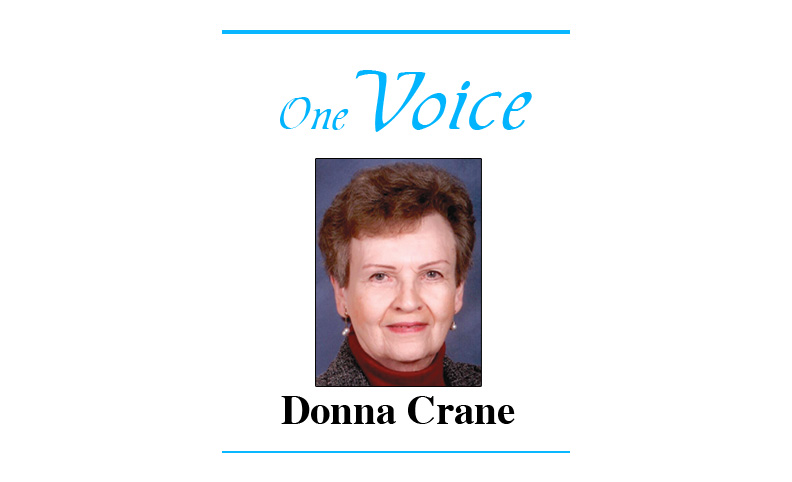
First of two parts
Here’s how Native Americans’ right to vote has been systematically violated for generations
In the new book, Voting in Indian Country, The View from the Trenches, Jean Reith Schroedel weaves together historical and contemporary voting rights conflicts on the eve of the November 3 election. She is professor emerita of political science at Claremont Graduate University.
Nina C in New York writes in The Guardian: “The U.S. may face its biggest ballot brawl this November.
“Voter suppression has taken centre stage in the race to elect potentially the 46th president of the United States. But we’ve heard little about the 5.2 million Native Americans whose ancestors have called this land home before there was a U.S. president.
“’Mail voting doesn’t work for Navajo Nation: Native Americans face steep election hurdles.
“The rights of indigenous communities, including the right to vote, have been systematically violated for generations with devastating consequences for access to clean air and water, health, education, economic opportunities, housing and sovereignty. Voter turnout for Native Americans and Alaskan Natives is the lowest in the country, and about one in three eligible voters (1.2 Million) are not registered to vote, according to the National Congress of American Indians.
“Is the right to vote struggle for Native Americans distinct from the wider struggle faced by marginalized groups in the U.S.?
“One thing few Americans understand is that American Indians and Native Alaskans were the last group in the United States to get citizenship and to get the vote. Even after the Civil War and the Reconstruction, the 13th, 14th and 15th Amendments there was a U.S. Supreme Court decision that said indigenous people could never become U.S. citizens, and some laws used to disenfranchise them were still in place in 1975. In fact, first-generation violations used to deny, not just dilute voting rights, were in place for much longer for Native Americans than any other group. It’s impossible to understand contemporary voter suppression in Indian Country without understanding this historical context.
“Why didn’t the American Indian Citizenship Act, 1924, nor the Voting Rights Act (VRA), 1965, guarantee Native Americans equal access to the ballot box?
“The motivation for the VRA was the egregious treatment of black people in the South, and for the first 10 years there was a question over whether it even applied to American Indian and Native Alaskan populations. It wasn’t really discussed until a civil rights commission report in 1975, which included cases from South Dakota and Arizona, that showed equally egregious discrimination and absolute denial of right to vote towards Native Americans, and Latinos.
“When voter suppression is discussed by politicians, advocates, and journalists, it’s mostly about African American voters, and to a lesser degree Latinos. Why are Native Americans still excluded from the conversation?
“Firstly they are a small population and secondly most of the most egregious abuses routinely occur in rural, isolated, parts of Indian Country where there is little media focus. But it’s happening. Take Jackson County in South Dakota, a state where the governor has done little to protect people from COVID-19. The county council has just decided to close the legally-mandated early voting centre on the Pine Ridge Reservation, citing concerns about COVID-19, but not in the voting site in Kadoka, where the white people go. Regardless of the intention, this will absolutely have a detrimental effect on Native People’s ability to vote. And South Dakota, similar to many other states, is a very hard place for Native People to vote by mail. In the primary, the number of individuals who registered to vote by mail increased by 1,000% overall, but there was no increase among reservation communities. In Oglala Lakota County, which includes the eastern part of Pine Ridge, turnout was about 10%.
“The right to vote by mail is a hot political and civil rights issue in the 2020 election. Could it help increase turnout in Indian Country?
“No, voting by mail is very challenging for Native Americans for multiple reasons. First and foremost, most Reservations do not have home mail delivery. Instead, residents need to travel to post offices or postal-provided sites, little places that offer minimal mail services and are in places such as gas stations and mini-marts. Take the Navajo Nation that encompasses 27,425 square miles. It’s larger than West Virginia, yet there are only 40 places where people can send and receive mail. In West Virginia, there are 725. Not a single P.O. box on the Navajo Nation has 24-hour access.
Continued at thevoice.us/native-americans-voting-problems-include-address-variations

